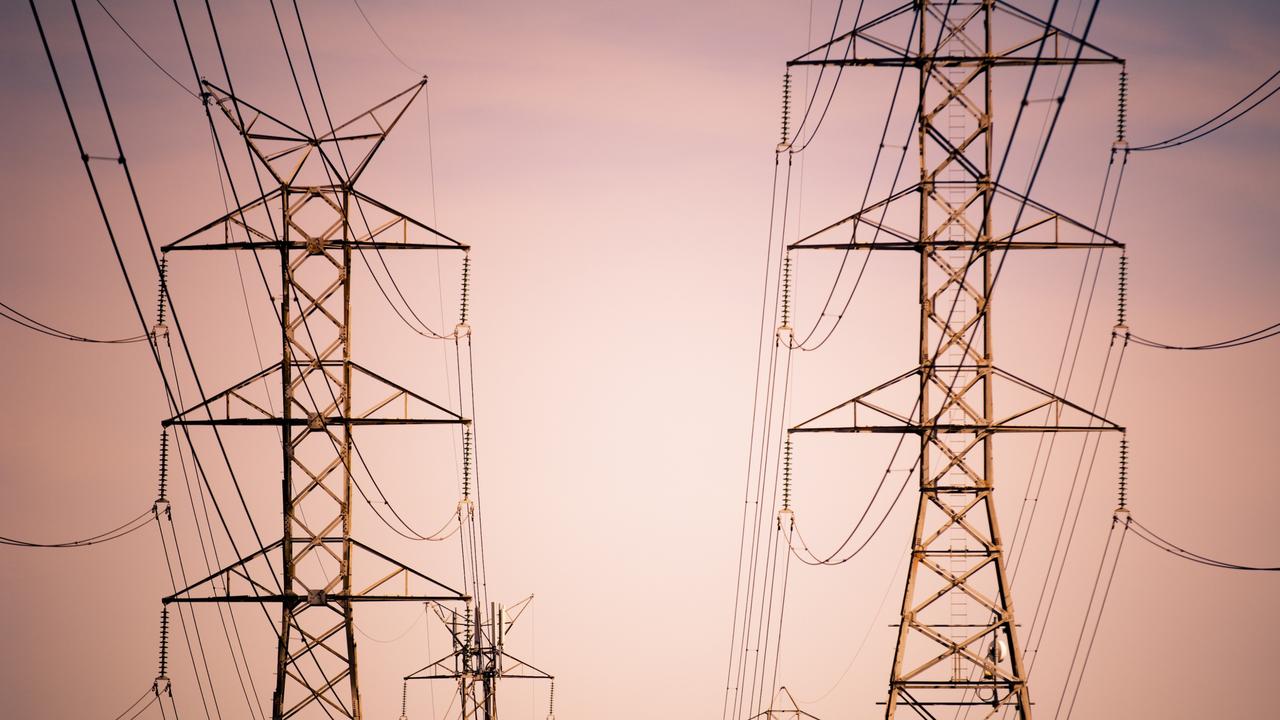Public transport black holes: Sydney suburbs with horror commutes
A lack of public transport is forcing workers to flee Sydney’s newest suburbs, sick and tired of spending hours travelling to and from work. Tell us about your horror commutes.

NSW
Don't miss out on the headlines from NSW. Followed categories will be added to My News.
Lured to the city’s newest suburbs by the promise of an affordable home with backyard bliss, tens of thousands of Sydneysiders have found themselves trapped in public transport black holes.
Almost two-hour commutes to work in the morning after the alarm clock shatters slumber before dawn, then evenings wasted on the return journey are increasingly common.
Many are making the tough decision to sell up their dream homes and move back to the city they had fled.
From Box Hill to Oran Park, the mums and dads of young families face drives to the nearest public transport, then a series of buses and trains just to get to work from new ’burbs where the rush to build homes has come without basic infrastructure.
Oran Park has no train. Brad Stewart says the local bus service to the nearest station is infrequent and unreliable. So he no choice but to drive, either to a nearby train station, or towards the city in congested M5 traffic.

What he hoped would be his long-term family home and where he wished to raise his future children, Mr Stewart and his wife are now selling up and moving back to the inner west because of the impractical transport options.
“It’s a planning failure, it felt like ‘how quickly can we get these houses up and make money from rates and developers’ and little thought into the actual functionality of the suburb,” he said.
“One of the reasons we wanted to move into a house in the suburbs is we want to have kids, have a backyard and a bedroom for the kids and space to play and grow … but it’s just not tenable to do that.
“What are the options for childcare when we have to leave at 5.30am to get public transport?”
Families like Mr Stewart’s, who moved to the area in time for lockdown and working from home, are now realising just how huge the commute is after going back to the office.
A train station was promised to residents, but is still in the pipeline and unlikely to open in the next five years.
With the population of Western Sydney set to reach 3 million by 2035 — and new homes still going up in new estates — experts say population growth is far outstripping transport infrastructure.
“New developments around Camden and Narellan are beautiful houses and beautiful communities with generally good roads to nearby jobs and schools, but getting into the city centre you are looking and a 30 minute bus ride then an hour on a train … it makes it a challenge for the people in these areas to access healthcare, jobs, education and cultural activities without a car,” Senior lecturer in Transport and Logistics Management at the University of Sydney Dr Geoffrey Clifton said.
“It creates problems for the city centre too, because you don’t want people having to drive into the heart of the city, it clogs the roads and creates parking nightmares.
“You want people to catch public transport, but we make it very hard for people in these suburbs to do that.”
Dr Clifton said suburbs like Marsden Park, Box Hill and Pitt Town were also lagging years behind in their public transport access.
Committee for Sydney CEO Gabriel Metcalf said: “Sydney has a lot of places that need better public transport service.
“The difficulty is many parts of Sydney are hard to serve with public transport because they were built at such low densities that public transport doesn’t work — cars work better for those places.
“There are two ways to make it work — either you put train stations where there are already high densities, or you put high-density developments around rail and Metro stations.”
Got a news tip? Email weekendtele@news.com.au
Originally published as Public transport black holes: Sydney suburbs with horror commutes




